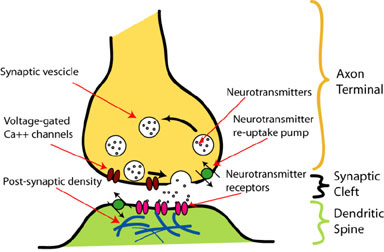The Mostly-Bad Mother
During a recent session with a client, she was revisiting some memories about her mother, familiar to both of us since the beginning of her treatment. Although her parents provided the basics -- food, clothing, a roof over her head -- they were both disastrous on an emotional level. As the session unfolded, my client repeated many painful details from her childhood, and yet amidst all those memories, I caught little glimpses of the way she had at one time found her mother beautiful. It made me think about the spots of goodness to be found in the mostly-bad mother, and how hard it is to hang onto them. It's an issue I continue to struggle with in relation to my own mostly-bad mother.
I could describe my own parents in very much the same terms as my client's: they fed us, clothed us, gave us a very nice home and bought us used cars once we learned to drive. In financial and material terms, I had a comfortable, upper-middle class upbringing. Emotionally, it was fairly awful. I won't burden you with the details; many people have more horrific stories to tell and entered their teens even more scarred than I was. Suffice it to say that I suffered from severe bouts of depression and at 18 concluded, on my own, that I badly needed professional help. Without telling my parents, I went to consult a psychiatrist who was a casual business acquaintance of my father's. He intervened on my behalf and spoke to my parents. Later, after an endless and agonizing argument in which my mother and father insisted that either (a) I was making "it" all up; or (b) I was so mentally ill that nothing would help, they finally agreed to pay for my therapy.
